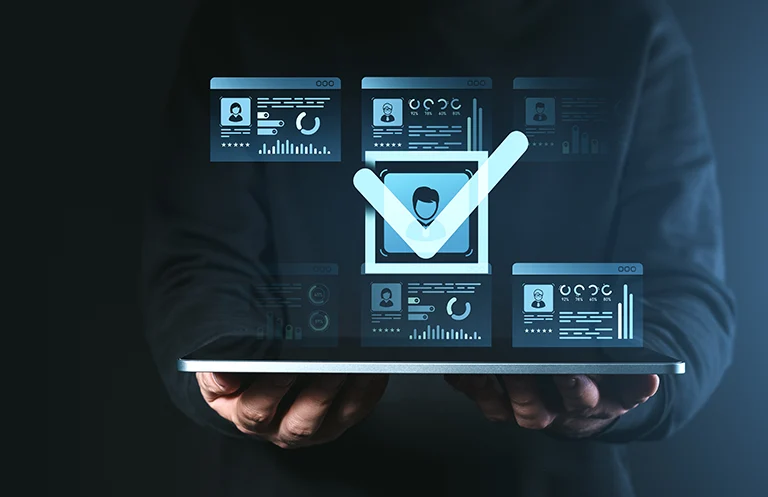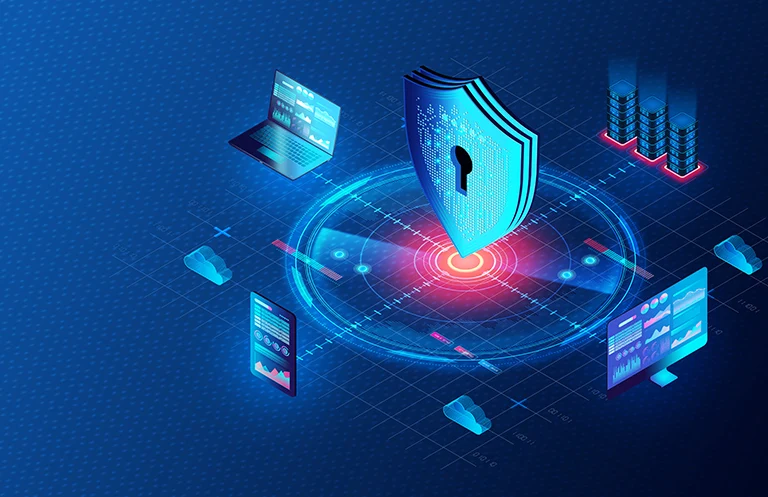
Building Smarter Systems Through Model-Based Design
The automotive industry is undergoing a monumental shift. From Advanced

The automotive industry is undergoing a monumental shift. From Advanced

Automotive cybersecurity related attacks are on the rise. As per

Executive Summary As a trailblazer in AI, cloud computing, and

In the dynamic world of mobile applications, developers strive to

The Principle of Least Privilege (PoLP) is a critical cybersecurity concept that limits user and system access rights to the minimum necessary. On the Internet of Things (IoT) landscape and within organizations, implementing PoLP through role-based access control, network segmentation, and regular audits can significantly reduce security risks, mitigate potential damage, and enhance overall security posture.

IoT devices have become an essential part of our daily routine, enabling smart-home solutions, industrial automation, healthcare applications, and much more. However, this widespread adoption also brings forth significant security challenges. Firmware plays a critical role in ensuring proper functionality and security. In this blog, we will delve into the importance of firmware security in IoT devices and explore best practices to protect these devices from potential cyber threats.

In today’s connected world, Secure Boot plays a pivotal role in fortifying IoT devices. It ensures the integrity and trustworthiness of boot-time software by validating digital signatures, guarding against malicious attacks. This essential security measure is implemented in device firmware, such as BIOS or UEFI, confirming the legitimacy of boot loaded software components. Notably, Secure Boot reduces the susceptibility to rootkits and firmware-level threats, fostering a secure foundation for IoT systems.

Description This paper focuses on the significance of secure firmware

Phishing has emerged as a widespread security threat in the digital age, with scammers employing fraudulent communication tactics to deceive individuals into divulging sensitive information such as passwords, credit card details, and personal data.

QR codes are two-dimensional barcodes that can be scanned by a smartphone or QR code reader app. They are used for various purposes such as product packaging, real estate, and payments. However, they can also make users vulnerable to phishing if fraudulent codes are created. To avoid these risks, users should only scan QR codes from trusted sources, keep software up to date, use reputable antivirus software, and be cautious when entering sensitive information.
Schedule a 30-minute consultation with our Automotive Solution Experts
Schedule a 30-minute consultation with our Battery Management Solutions Expert
Schedule a 30-minute consultation with our Industrial & Energy Solutions Experts
Schedule a 30-minute consultation with our experts


